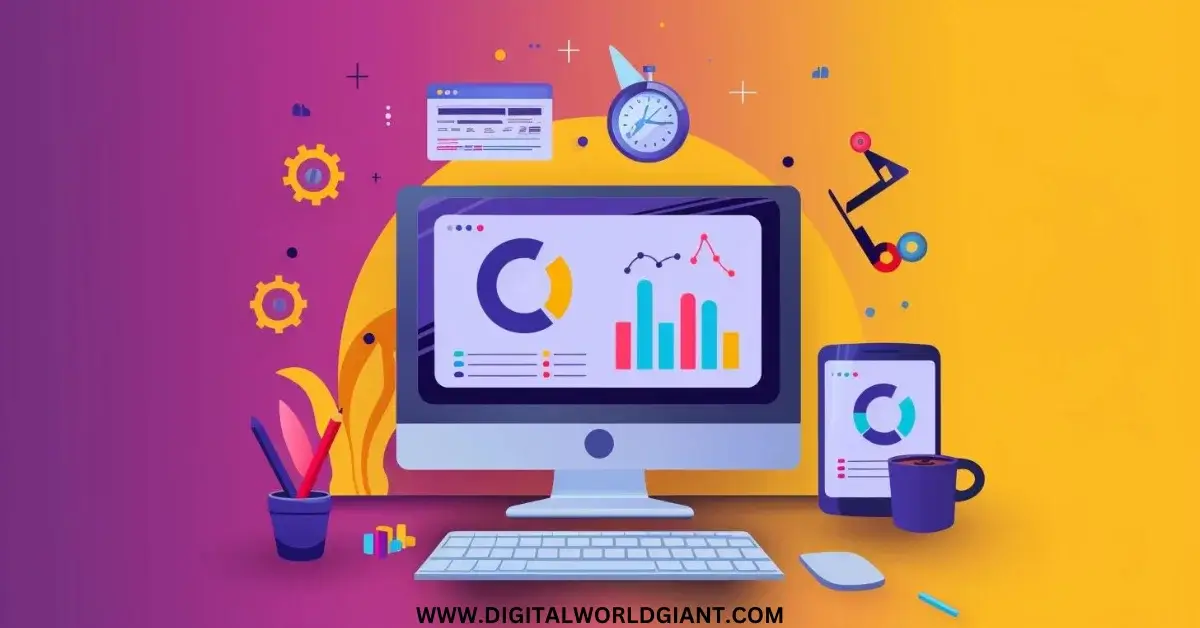When we talk about web application development, Spring Boot is one of the first names that come to mind. If you’re preparing for a job interview or just looking to refresh your knowledge, you’re at the right place! Let’s dive into the essential Spring Boot interview questions and their answers.
What is Spring Boot?
Spring Boot simplifies the process of building production-ready applications. With it, you can avoid much of the manual configuration of Spring, letting you start projects faster.
Why use Spring Boot?
Three main reasons to use Spring Boot are:
Auto Configuration: Spring Boot reduces lots of development time by avoiding manual bean configuration.
Production Ready: It provides built-in features like health checks.
No Code Generation: It offers a cleaner and more maintainable way to set up your project.
How is Spring Boot different from Spring?
While both belong to the same ecosystem, Spring Boot offers a faster way to start projects. With its opinionated defaults, it accelerates application development. On the other hand, the traditional Spring framework requires more setup and configuration.
Key Features of Spring Boot
Stand-alone: It has embedded Tomcat, Jetty, and Undertow, so there is no need for external setups.
Opinionated Defaults: It offers a ‘starter’ set of dependencies, reducing manual work.
No Code Generation: Provides a clearer way for configurations without the use of XML.
Can you explain Spring Boot Starters?
Imagine you want to create a Spring application. Which libraries would you need? Which versions are compatible? Well, Spring Boot Starters are templates that have collections of helpful libraries. For example, if you’re building a web application, you’d use the spring-boot-starter-web.
Top 10 Spring Boot Interview Questions 2024
- What is Spring Boot?
Spring Boot is an open-source Java-based framework used to create stand-alone, production-grade Spring-based applications. It simplifies Spring application development by providing default configurations.
- Why is Spring Boot preferred for microservice architecture?
Spring Boot makes it easy to set up and produce stand-alone, production-grade Spring-based applications. Its embedded Tomcat, Jetty, or Undertow servers make microservices deployment seamless.
- How does Spring Boot achieve “convention over configuration”?
Through “Starters” and “Auto-Configuration,” Spring Boot provides defaults for code and annotation configurations, reducing the need for specifying beans in the configuration file.
- What are Spring Boot Starters?
Starters are a set of convenient dependency descriptors. Instead of including multiple dependencies, you can include a starter (like spring-boot-starter-web) to get everything set up.
- What is the Spring Boot Initializer?
It’s a web-based tool to bootstrap a new Spring Boot application, helping developers start a project quickly by generating basic templates.
- How do you customize Spring Boot’s embedded server?
You can customize it using properties in application properties or application.yml files. For instance, changing the server port can be done using the server port.
- Explain the Spring Boot Actuator.
Actuator brings production-ready features to monitor and manage a Spring Boot application. It provides several built-in endpoints like health, metrics, info, etc.
- How does Spring Boot handle database migrations?
With tools like Flyway or Liquibase. By including them in the classpath, Spring Boot can manage and handle database version control and migrations.
- How can you override Spring Boot default properties?
By specifying properties in application.properties or application.yml files. Also, command line arguments or external configurations can be used.
- What is @SpringBootApplication annotation in Spring Boot?
It’s a combination of three annotations: @Configuration, @ComponentScan, and @EnableAutoConfiguration. It’s used to mark a configuration class that declares one or more beans and also triggers auto-configuration.
Conclusion
Spring Boot continues to be a pivotal technology in web application development. By understanding the questions above, you’re well on your way to acing that interview or deepening your knowledge. For more detailed insights, check out this resource from Simplilearn and this guide from Edureka.
Related Articles:



